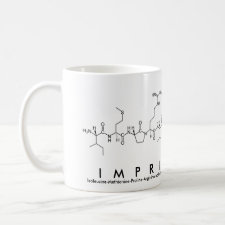
Authors: Tokuyama H, Naohara S, Sakohara S
Article Title: Preparation of molecular imprinted thermosensitive gels grafted onto polypropylene by plasma-initiated graft polymerization.
Publication date: 2008
Journal: Reactive and Functional Polymers
Volume: 68
Issue: (1)
Page numbers: 182-188.
DOI: 10.1016/j.reactfunctpolym.2007.09.010
Alternative URL: http://www.sciencedirect.com/science/article/B6TY0-4PPW73D-1/2/a2dfa287c6e0f3ce586cc39840696b73
Abstract: A novel molecular imprinted thermosensitive microgel grafted onto a supporting substrate by plasma-initiated graft polymerization was developed to adsorb and/or desorb a specific heavy metal by employing temperature swing. The grafting condition for the thermosensitive N-isopropylacrylamide (NIPA) gel, cross-linked with N,N'-methylenebisacrylamide, onto the surface of a nonwoven polypropylene (PP) film was investigated. It was found that the NIPA gel could be successfully grafted by the graft polymerization in a mixture solution of water and ethanol. The cross-linked NIPA gel, copolymerized with N-4-(vinylbenzyl)ethylenediamine (VBEDA) of a chelating group, was grafted onto the PP film by graft polymerization in an aqueous 50 wt% ethanol solution. During the polymerization, VBEDA and Cu(II) ions as a template undergo complexation and then multi-point adsorption sites are formed by removing these Cu(II) ions. The grafted imprinted-NIPA-VBEDA gel adsorbed and desorbed Cu(II) ions by virtue of the temperature swing, which occur due to the reconstruction/destruction of the multi-point adsorption sites corresponding to the shrinking/swelling of the gel network
Author keywords: Grafted thermosensitive gel, Plasma-initiated graft polymerization, molecular imprinting technique, Temperature swing adsorption, Heavy metal



Join the Society for Molecular Imprinting

New items RSS feed
Sign-up for e-mail updates:
Choose between receiving an occasional newsletter or more frequent e-mail alerts.
Click here to go to the sign-up page.
Is your name elemental or peptidic? Enter your name and find out by clicking either of the buttons below!
Other products you may like:
 MIPdatabase
MIPdatabase









